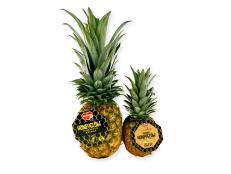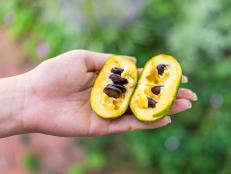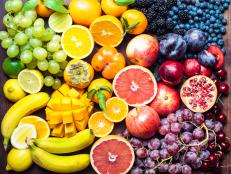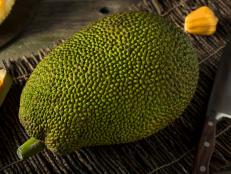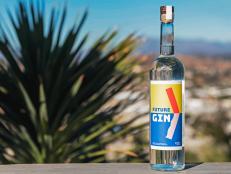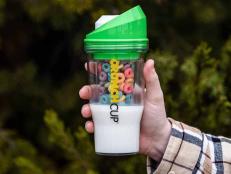Why Are Blueberries Blue? Scientists Finally Have an Answer
Their findings could be the start of innovative products beyond the berry itself.


Ross Woodhall/Getty Images
If you’ve ever wondered why blueberries are blue, science, at last, has an answer.
Blueberries get their hue from “tiny external structures” in the wax that coats them, according to new research from the University of Bristol, published in February in the journal Science Advances.
Tiny, non-spherical structures that make up blueberries’ external wax layer “scatter” blue and ultraviolet light, the researchers have found. “This gives blueberries their blue appearance to humans and blue-UV to birds. The chromatic blue-UV reflectance arises from the interaction of the randomly arranged crystal structures of the epicuticular wax with light.”
The researchers’ findings about the external wax covering applies to other blue-colored “bloom fruits,” such as plums, damsons, sloes and juniper berries. It also explains why blueberries appear blue on the outside, but don’t contain blue pigment, appearing dark red when you squish them.
“The blue of blueberries can’t be ‘extracted’ by squishing – because it isn’t located in the pigmented juice that can be squeezed from the fruit. That was why we knew that there must be something strange about the color,” Rox Middleton, a research fellow at Bristol’s School of Biological Sciences and the study’s lead author, says in a news release sharing the results of the study. “So we removed the wax and re-crystallized it on card and in doing so we were able to create a brand new blue-UV coating.”
Rox calls the “ultrathin” layer of blue, UV-reflective wax, which may also help the berry repel water and protect and clean itself, a “really neat trick” of nature. He and his team are now looking toward reproducing the coating and using it in new ways, including, they hope, to create a “more sustainable, biocompatible and even edible UV and blue-reflective paint.”
“It was really interesting to find that there was an unknown coloration mechanism right under our noses, on popular fruits that we grow and eat all the time” and “even more exciting to be able to reproduce that color by harvesting the wax to make a new blue coating that no-one’s seen before,” Rox says. “Building all that functionality of this natural wax into artificially engineered materials is the dream.”
In other words, at some point in the future, that blue hue is bound to be found beyond the berry.
Related Content:






















